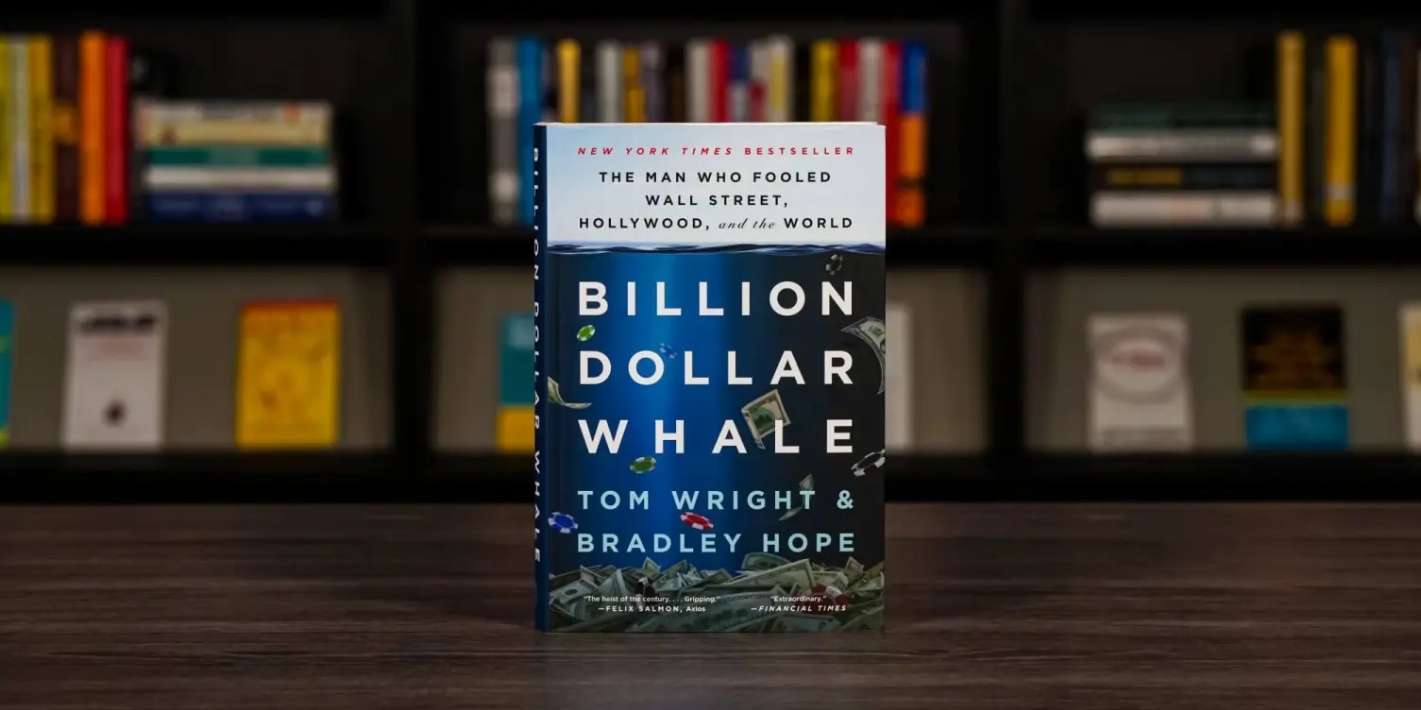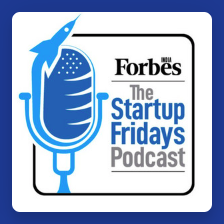During my door to door salesman days, I could go through a wall if that meant I would get a referral to a potential sale. My team and I created, and memorized closes to secure referrals. My managers and I tracked how many transactions took place from referrals, and we pulled up salespeople that had low referral closes. It is clear to any salesperson that a referral is worth its weight in gold – it is a job half done.
Continuing in the same vein, now more than ever, founders are on the lookout for business partnerships to increase business avenues, and you must know that your investor has access to a vast network of people. Your investors’ immediate network has access to an even more extensive network, i.e., your investors know some people that know some people who are very important people.
So why is it that most founders fail at utilizing our reach?
A majority of the investors have every intention of helping you, but here is another critical question.
Have you made it easy for us to help you?
Despite best intentions (and regardless of the size of the fund or team), we have a limited amount of time and resources to address the needs of founders. A little bit of help from you would make it easy for us to help you. Your help would help us get more done in a shorter time and make you and us happy. Therefore I came up with a list of steps, distilled from my efforts in securing referrals, whether it be for investors into our fund or for business development. Besides, I analyzed the efforts of founders who got the best out of their investors and those that failed at leveraging them, and the result was more straightforward than I would have envisioned when I began writing this list.
- Self-research on your target connect.
Venture capitalists have thousands, if not tens of thousands of contacts, and we are very adept at networking and finding people. However, you need to do your research on the people you want us to connect you with. Usually, your reason to connect with the target is very different from why (or how) we connected with them. Our personal experiences could bias our opinion with your target, i.e., we could have approached them to invest in our fund, and they refused? Therefore you should do your research on the target, utilize our knowledge about them to sharpen your understanding and find out whether an association with your target would be fruitful.
- Be as specific as you can in what you seek
It is a known fact that the most sought after people have the least amount of time. It is likelier that those people have an even shorter attention span. Therefore you must grab their attention, deliver your request before a notification takes your target onto another window. Therefore avoid long-winded emails and big paragraphs, write in point format, be specific and get to the point quickly. When you show respect for your target’s time (and attention), it speaks volumes about how well you understand their position.PS: Do not forget to be courteous & spell check!
- Know ‘why’ would your target want to work with you
If you or your company is the ultimate beneficiary of your proposal, expect a long period of silences to your requests. You must find a win-win situation and communicate how your association with the target would benefit the benefits them directly or their company. If you cannot find or demonstrate the benefits of the association for the target – why would they get out of their chair to help you? PS: If your strategy is to appeal to your target’s charitable side – please find a better reason.
- Create a short presentation (or note) on your proposal
After analyzing 40 million emails, Hubspot reported that emails with less than 200 words had the highest response rates. It is sage advice. It is an excellent chance that your target receives hundreds if not thousands of emails in a week. Your warm introduction through us would encourage the target to etch out time to respond. However, long emails get flagged for reading when we have more time. Which (in most cases) I don’t. There is a hack, though:– Create a short presentation (5-8 slides max) that outlines your research on your target, defines what you do, what you can do for your target, and how your proposal creates a win for the target.
– Your presentation should excite them to get in touch with you (or get the relevant person from their team to get in touch with you)
– Write an interesting note that generates enough excitement for the target to open your presentation.
- Get your investors’ buy-in.
Once you have found a win-win, written an action invoking short note to go with a presentation that will get you a callback, next, get your investor’s buy-in. Some founders treat their investors as gofers who should do the founder’s bidding regardless of the investor buying into the proposed plan. You must understand that it takes much effort to create and cultivate relationships. Just one poorly-thought-out request could ruin that relationship for the foreseeable future. If we get bought into your well thought out plan, and you can convey how we could enrich our relationship (with the target) through your proposal. You would’ve created a win-win-win that will get us to go those extra miles for you.
- Write a short, courteous but direct introduction email to your investor asking for your specific help from the target
With your investor bought in, write a quick introductory email asking for a specific connection to your target utilizing the steps outlined above. Your email must convey that you were specifically looking for an introduction to the target (and why).Emails that convey a spray & pray approach get treated as spam.
- Draft the email for your investor
For extra credit (and to ensure that your message isn’t lost), go ahead and write the email that your investor could copy, paste, as their own words, and forward the email you sent in step 6.It is unlikely that your words will get copy-pasted in the form that you’ve sent it in. However, your words will load our words when we write our email, thereby ensuring a near-total control to you on the messaging.PS: It won’t take but an extra few minutes, but knowing how busy and dynamic an investor’s day could be, you leaving anything to chance is foolhardy.
- Give them a way out
Your target must have a courteous way of saying ‘no’ to your investor. I have explained before that each relationship takes much effort; therefore, the target’s failure to help you through your investor should not lead to a loss of the connection itself.
We want to help you, but if that means it puts our relationships on the line – it isn’t the sort of song that you wish to play in the back of our head. PS: Give your investor a way out too. You can utilize this forgiven favor soon! 🙂






